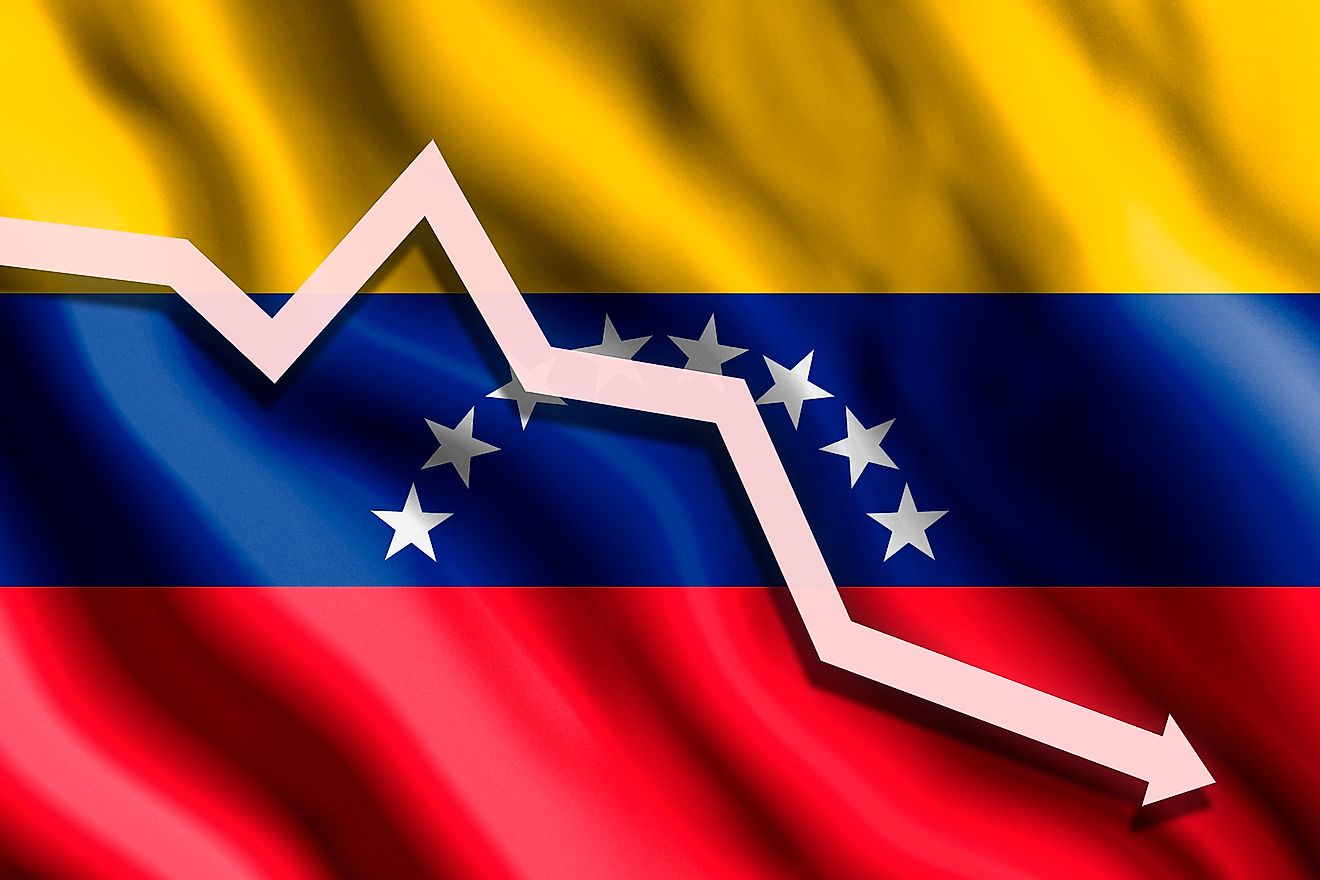What is Pluralism?

Pluralism is a model of democracy that encourages various groups to present their ideas and opinions. In doing so, no one group dictates how things should work. The different groups having varied beliefs coexist while retaining their distinct identities.
Features Of Pluralism In Politics
The first characteristic of pluralism is that power is vested in the people. Consequently, people’s rights are protected. The people having power in their hands results in the state having real democracy. Such democracy is demonstrated by people’s freedom to choose a political party and to vote through the secret ballot voting system. One of the landmark rulings on pluralism was regarding the Texas versus Johnson Case in 1989 (US). The accused had burned the US flag and had been charged with defiance to the government. However, the court ruled in the man’s favor stating that he was entitled to his action.
Secondly, pluralism holds that the state is always neutral. Therefore, it never acts in ways that are detrimental to its citizens. The government must work for the good of all people. Hence, the state must involve a wide range of people in the decision-making process regarding its policies. A few people should not dominate the operations of the government. Embedded in this principle is that people are protected from the government. Additionally, the power of the state is limited. It is upon this basis that the United States devised the horizontal division of power between the Judiciary, Executive, and Congress. These organs of power have checks and balances outlined in the US constitution that ensures there is no abuse of power.
Thirdly, pluralism views everyone as having access to power with no one group or individual dominating in the running of government activities. Hence, the state is free to promote various views presented to it by many existing groups. In the United Kingdom, for instance, there are 7000 competing pressure groups.
Examples Of Pluralism In Real Life
One of the examples of pluralism is the existence of Chinatowns in the United States. Chinatowns are places where people keep their cultural traditions. Pluralism is also evidenced by the manner in which both trade unions and employers seek to provide the best working conditions for employees. Another example is the case of the Amish community who live alongside non-Amish persons in the US. The Amish people have an extraordinary way of living. They do not use electricity, they travel by horses, and attend separate hospitals and schools. They are mainly farmers who eat organic food products only. Nevertheless, the non-Amish people respect their beliefs and live in harmony with these Amish people. Hence, pluralism allows the many views of life and politics to prevail thereby promoting a democratic society.
Criticism Of Pluralism
Real democracy seems to be an illusion in the society today. In as much as pluralism insists on power being in the hands of the people, this is not usually the case. The fact is that there are some governments in the world today who even after people have voted still rig elections. Furthermore, in most states, it is so evident that power rests on a few influential individuals and groups. Therefore, the policies made reflect the interests of those few select groups who dominate the decision-making process of the government.











